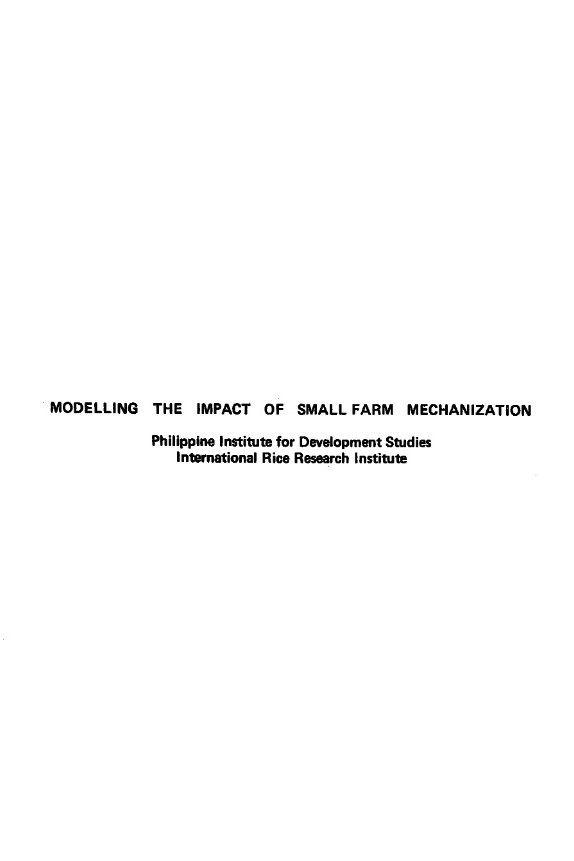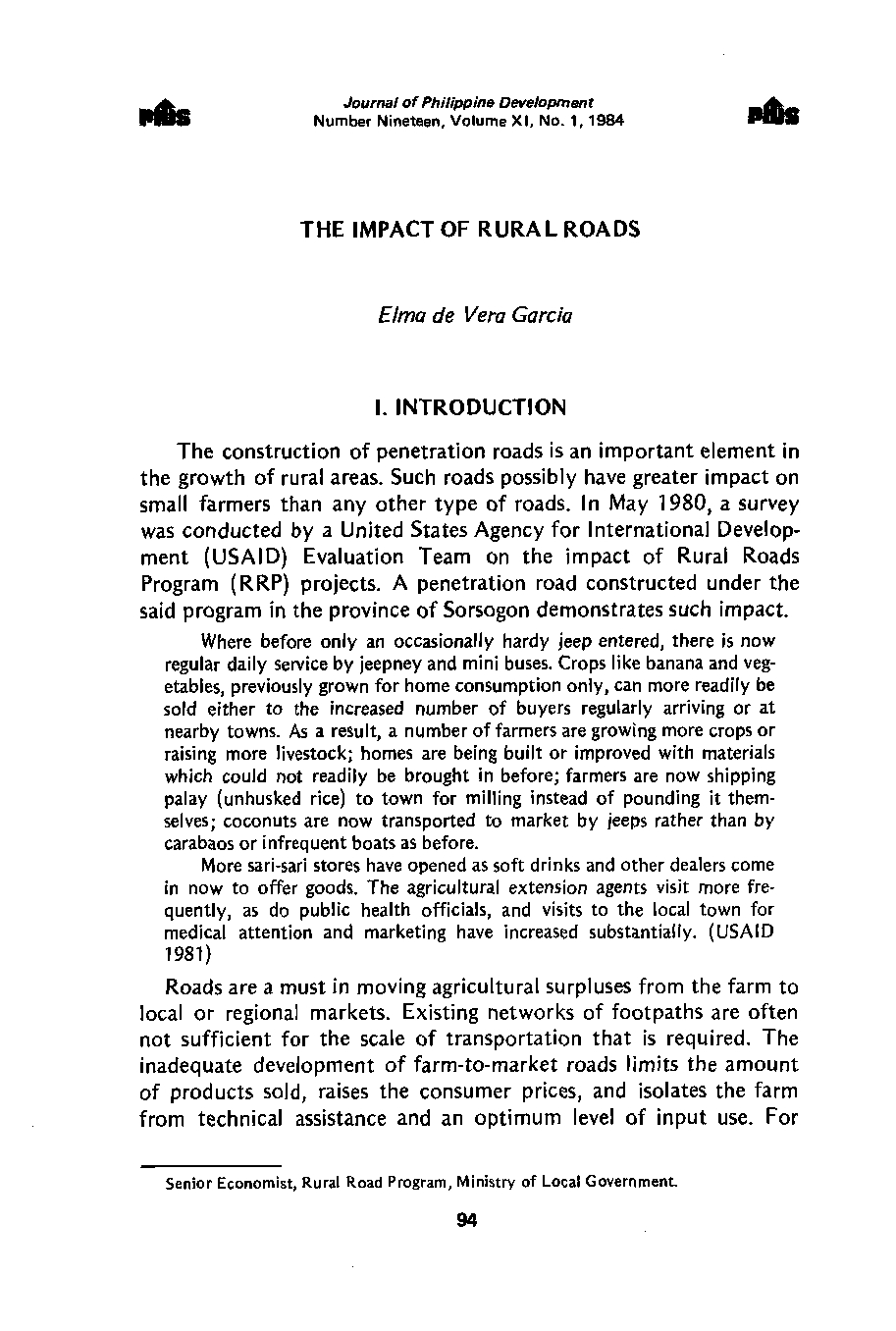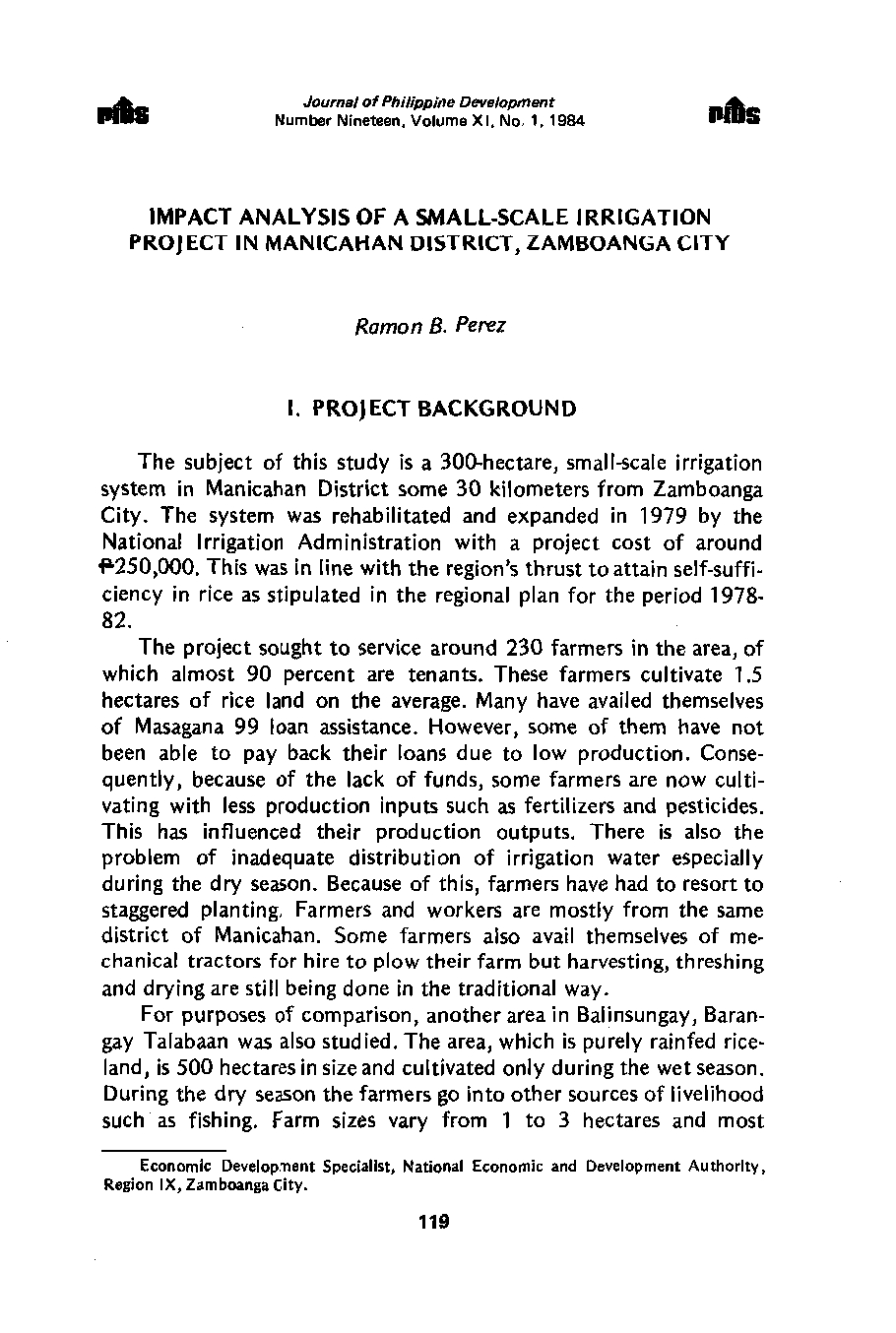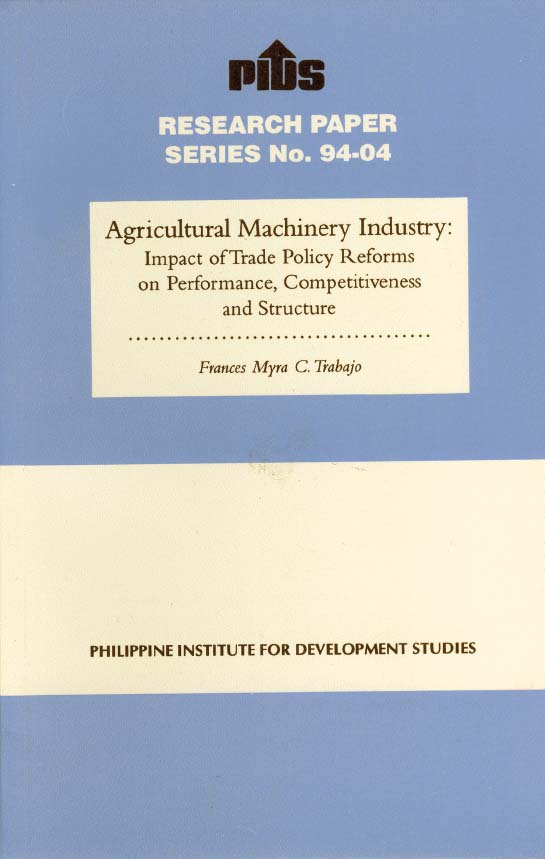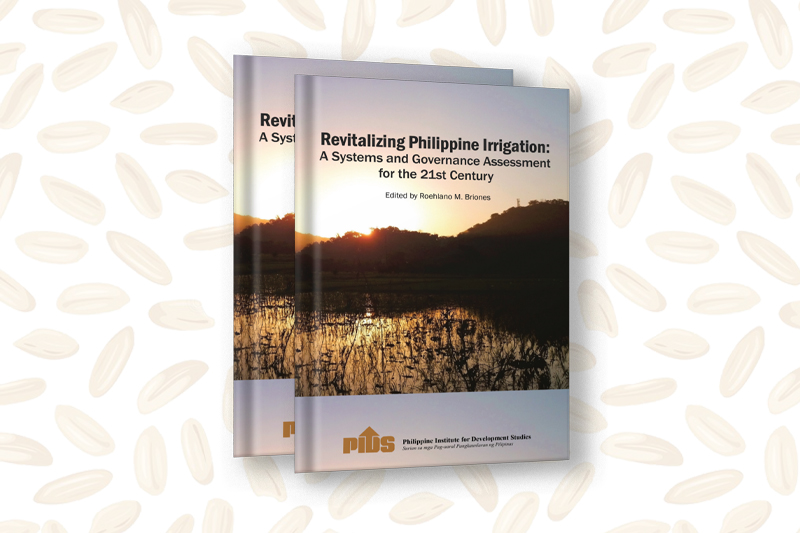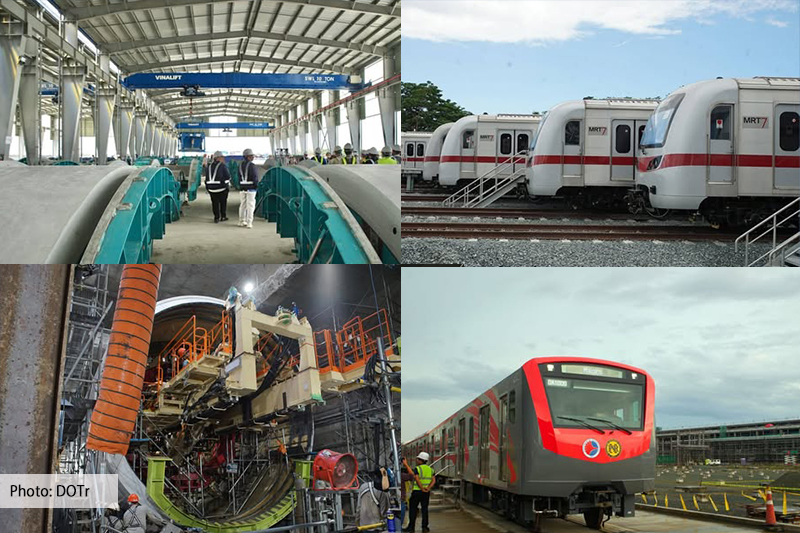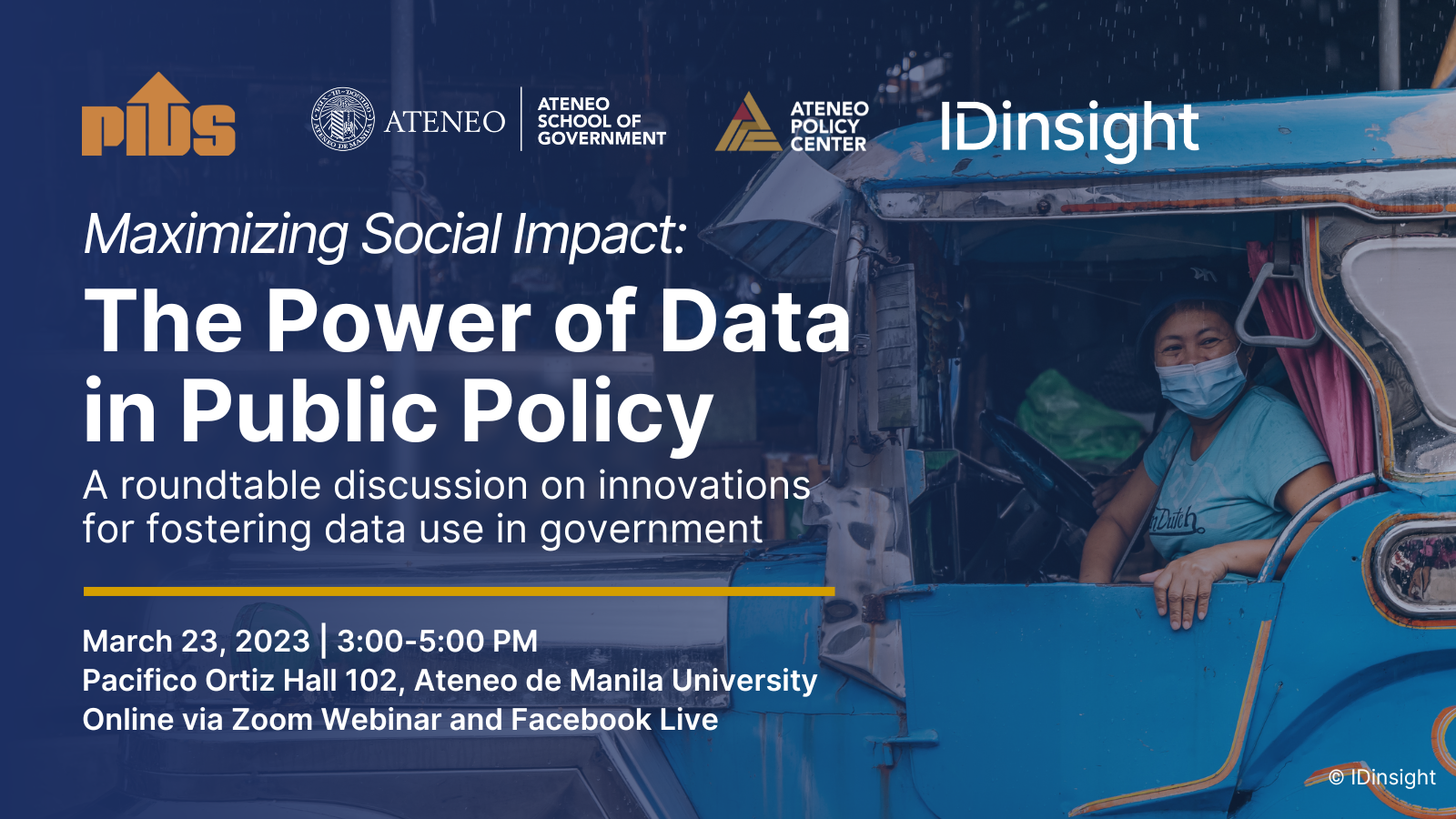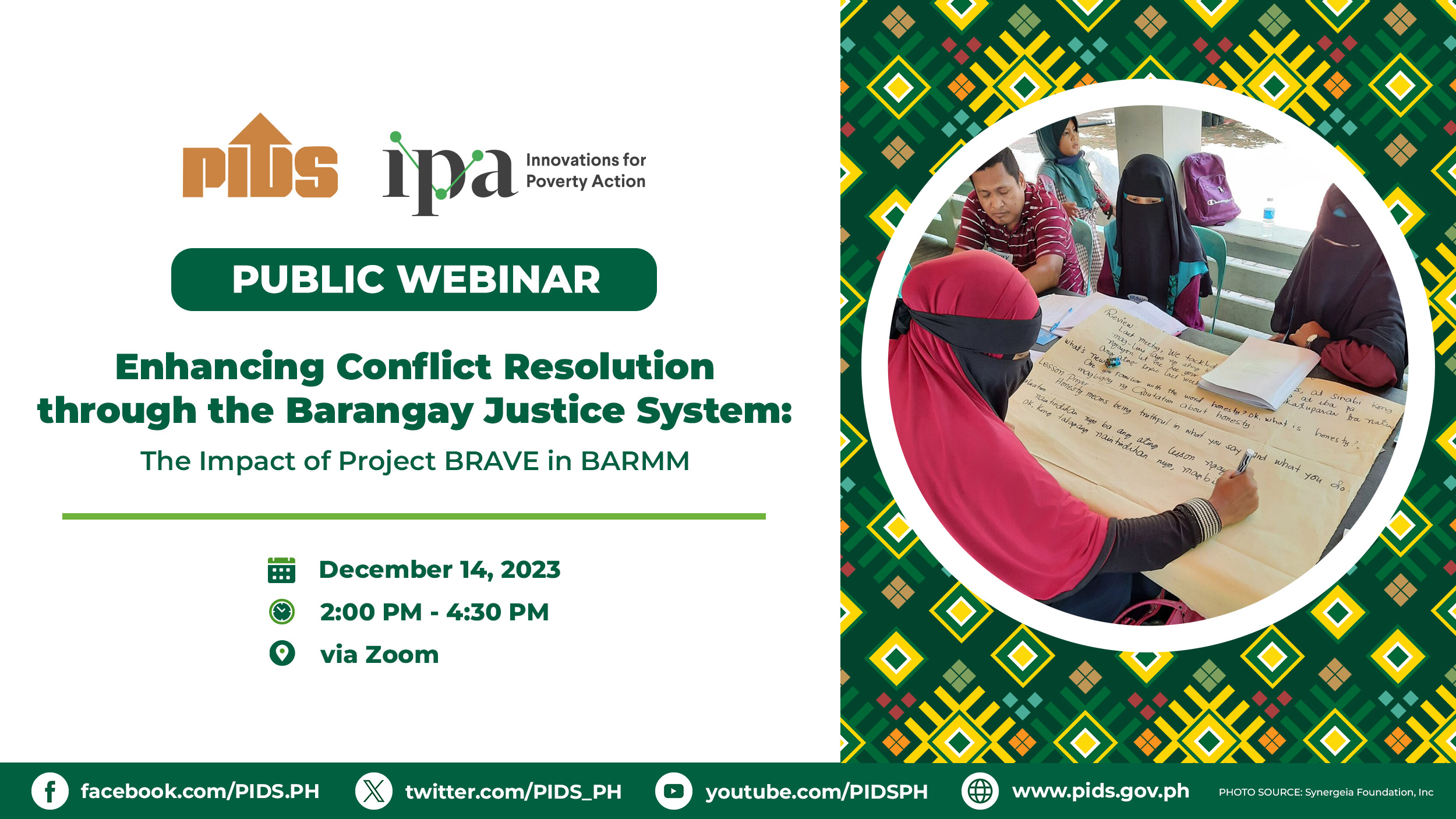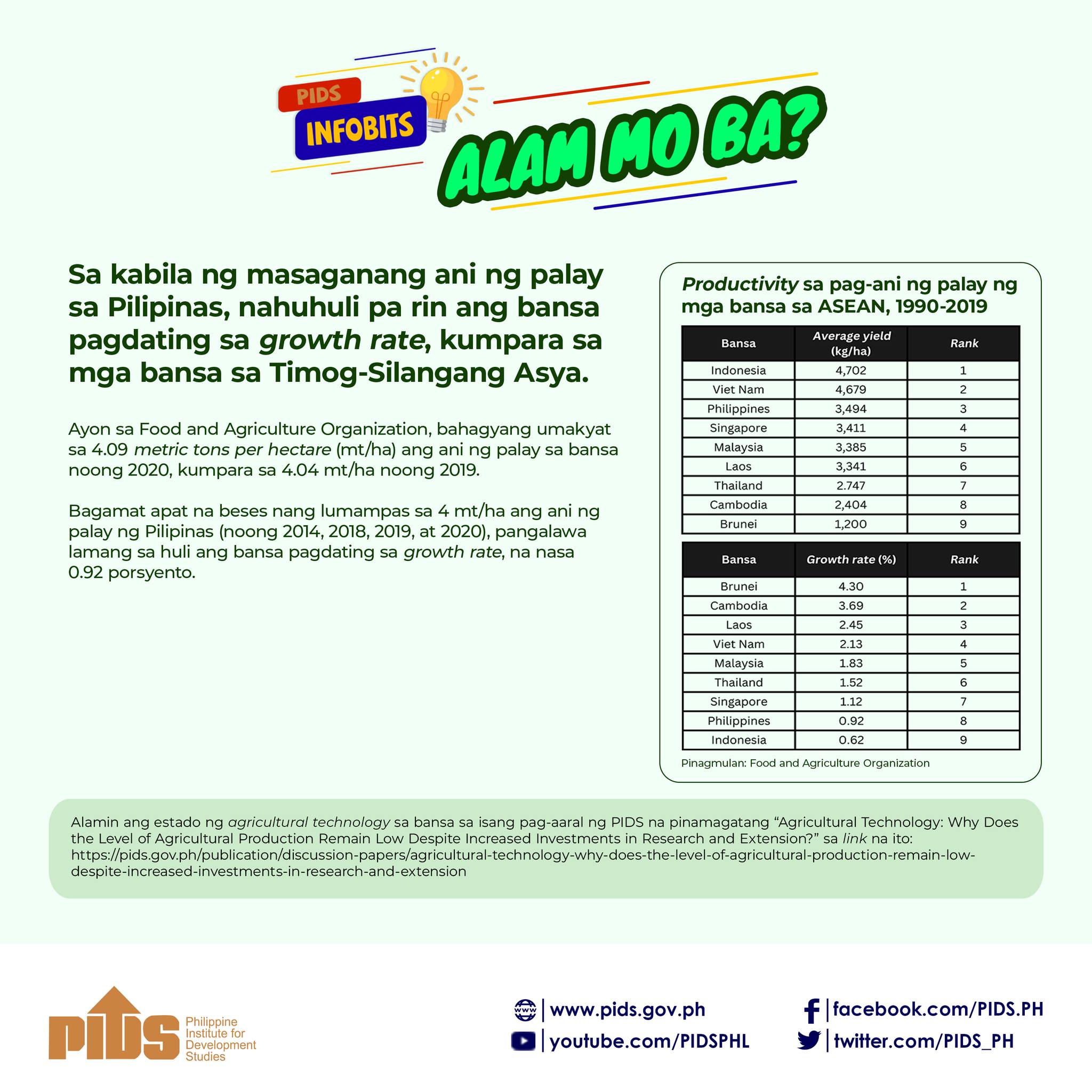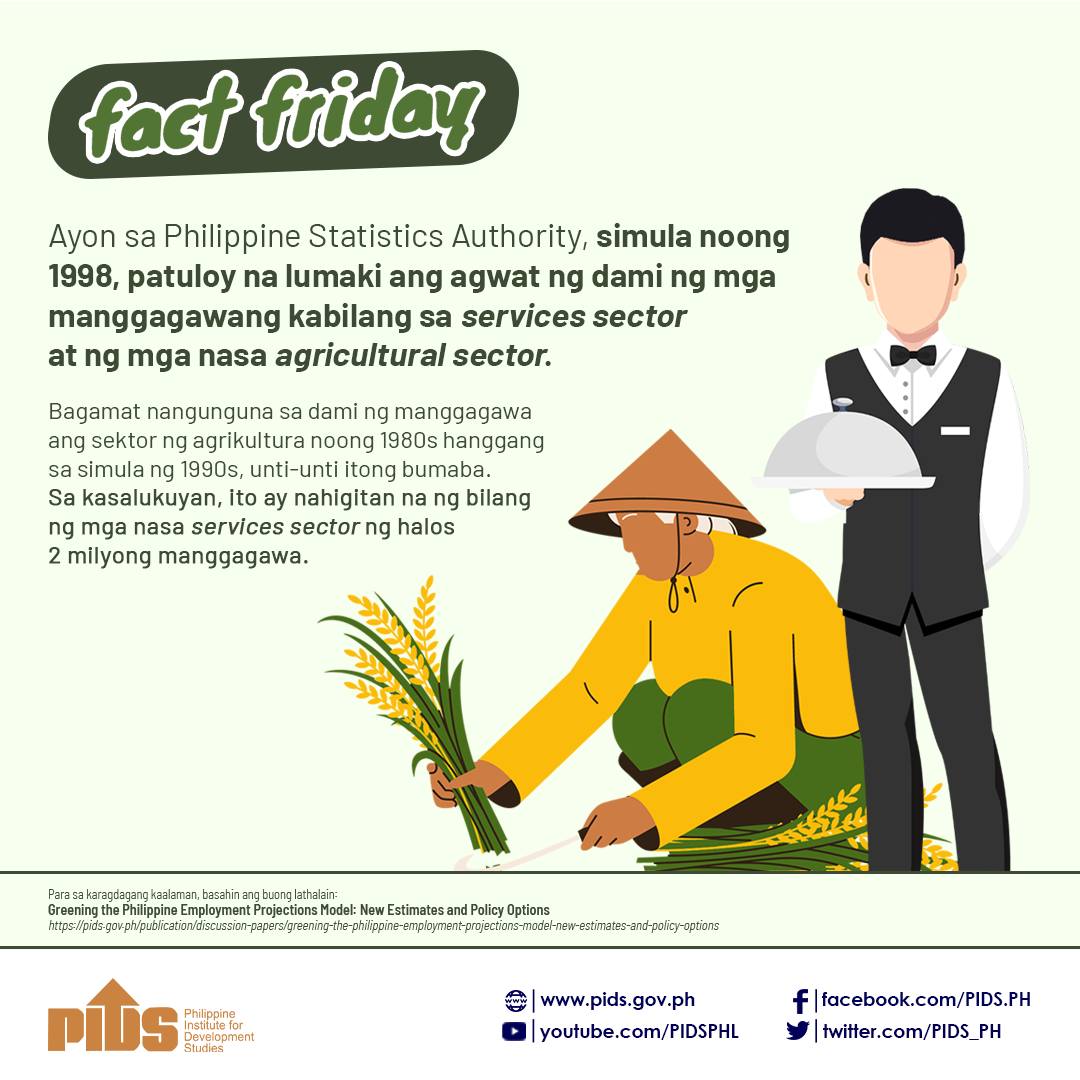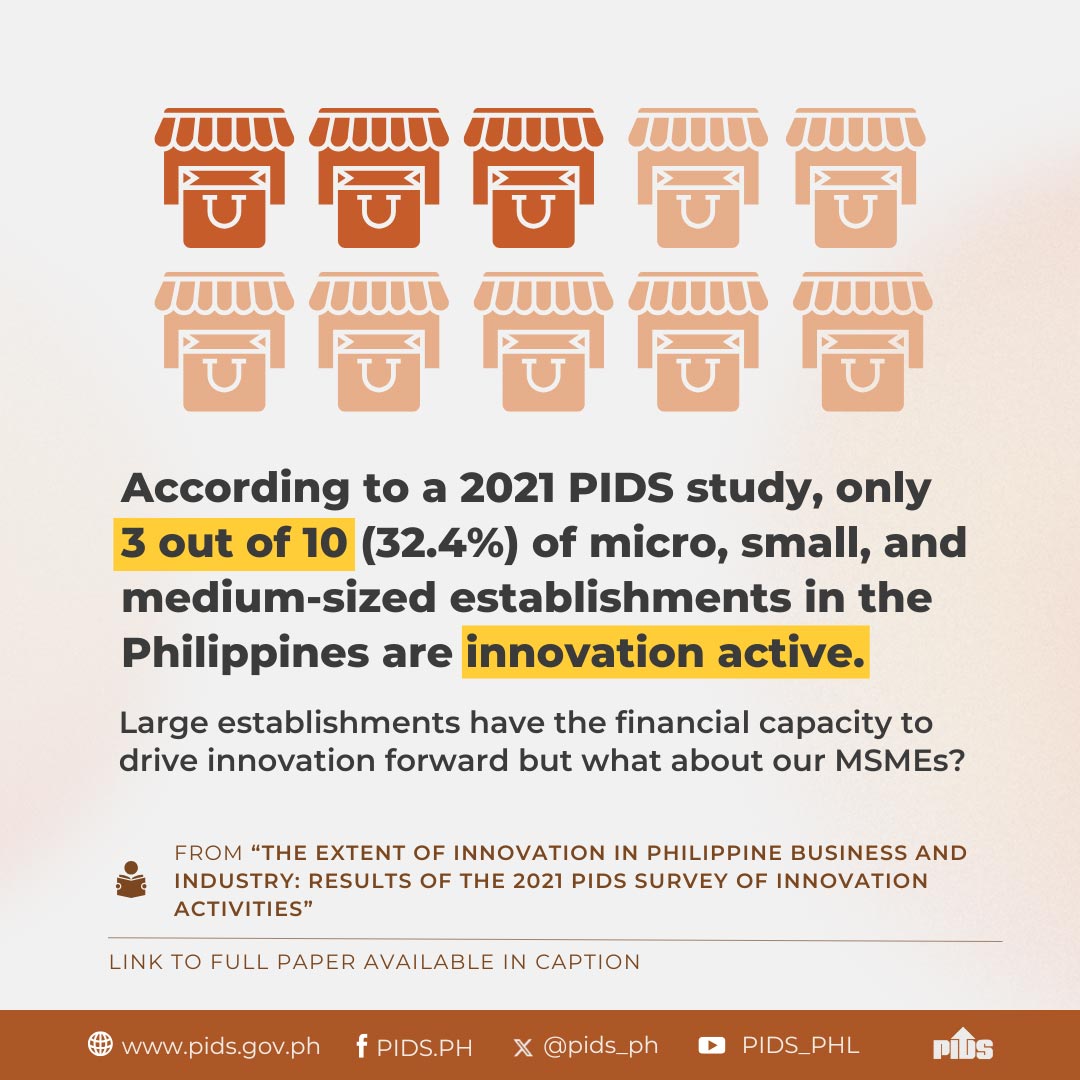Agricultural planners, policymakers and research administrators are continuously called upon to make judgments regarding priorities for investments in rural developments and research. The soundness of these decisions is determined by a combination of insight and information. Building a mathematical model with a basis in reality requires data describing both the past and present state of the economic and resource environment. To synthesize and interpret the results of such models requires insight, imagination and a reasonable level of mathematical expertise. The rationale for using models is, however, not to relive the past in mathematical abstraction but to develop a sound understanding of the interdependent nature of economic and technical relationships and to use these relationships to extrapolate from the present to the future. The papers contained in this monograph have been designed to examine the impact of agricultural engineering technologies on production, employment and rural incomes. The first three focus on macro issues; a fourth addresses the choice of technique question at the farm level. The two general equilibrium models for the Philippines and for Indonesia examine the effects of alternative mechanization policies on output, use of labor, total income and income distribution by farm and income group.

